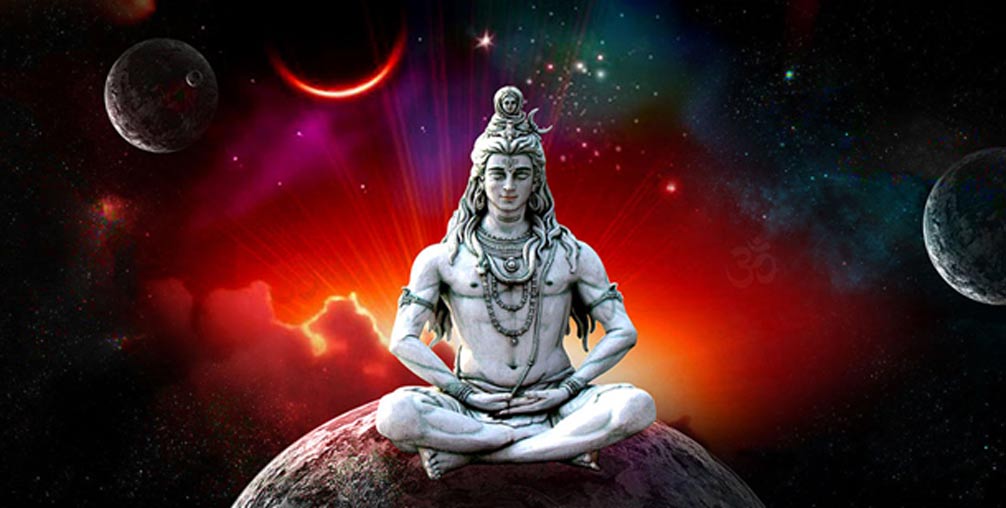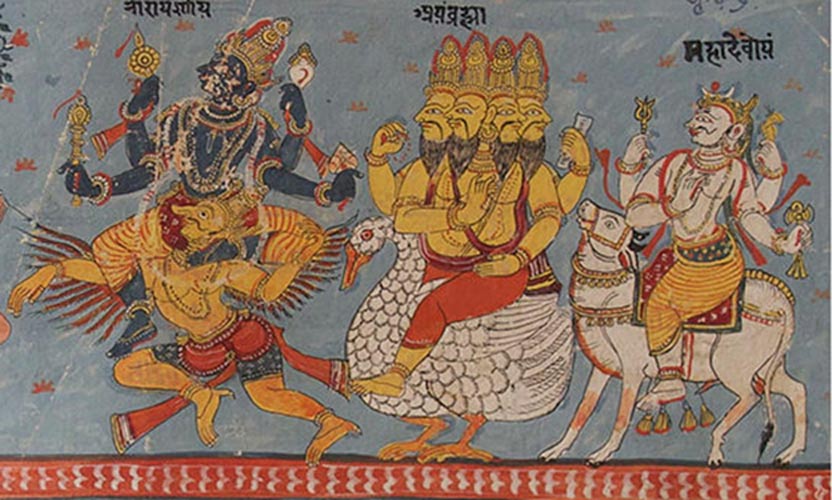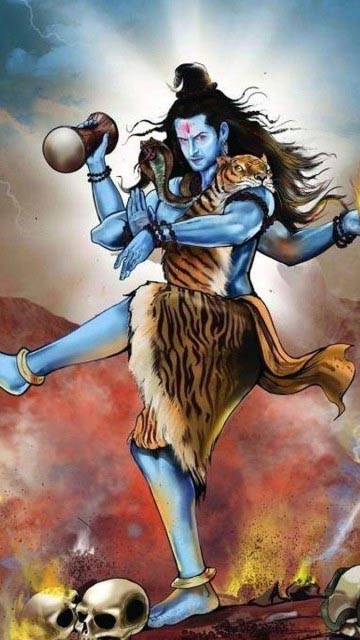
Dancer, Lover, Destroyer: The Life and Loves of Lord Shiva, Hindu Deity
According to Hindu belief, destruction and rebirth destroy the illusions and imperfections of this world, paving the way for beneficial changes. Shiva, the god of destruction, is therefore seen as the source of both good and evil. He embodies many contradictory qualities associated with death and rebirth, as well as their impurities. He is the destroyer and the restorer, the ascetic and the symbol of sensuality, the herdsman of souls and the avenger of misdeeds.

The Hindu Trimurti: Vishnu, Brahma and Shiva seated on their respective mounts. (Public Domain)
Shiva is the third god in the Hindu Trimurti. The Trimurti are the three gods who are responsible for the creation, preservation and destruction of the world. Brahma is the creator of the universe while Vishnu is the preserver. Shiva's role is to destroy the universe in order to re-create it.
Out of the three deities, Shiva is depicted as having the most humble appearance, providing a stark contrast with the other two gods. Brahma is usually depicted as looking like an elderly scholar and Vishnu is usually depicted as resembling a prince. Shiva is an outsider who is often depicted with matted hair, ashes on his body, and wearing animal skins as his clothes.

Illustration of Shiva (Public Domain)
How Shiva’s First Love Continued the Cycle of Creation and Destruction
At the beginning of each cycle of life, the three great gods emerge from the godhead: Brahma the creator, Vishnu the preserver and Shiva the destroyer. As had happened over countless lifetimes before, Brahma and Vishnu emerged ready to begin the work of creation and waited for Shiva who always comes late. Yet, this time, Shiva was nowhere to be found. After searching frantically for him, Brahma and Vishnu found Shiva high on a mountain, deeply engrossed in his meditation. Brahma and Vishnu could not create a world if there was no one to destroy it when its cycle was complete, and Shiva’s lack of interest in anything but his meditations frustrated them.
Brahma and Vishnu then went to Mahashakti (the Great Mother) and told her of their problem. Mahashakti said she had an answer and sent them away. Some time later she was reborn as a baby girl who would become Sati, goddess of marital felicity and longevity. Sati was born to Daksha, a son of Brahma and a king in his own right. From her earliest childhood, Sati was an ardent devotee of Shiva and could never imagine marrying anyone else. Sati’s love for Shiva was partly due to her previous incarnation, Mahashakti, who promised Brahma and Vishnu that she would entice Shiva away from his devotions long enough for him to become involved in the creation of the world.
- Incredible Shiva Lingas Carvings Emerge from the Shalmala River as Dry Weather Lowers the Water
- The Mysterious Unakoti Bas-Reliefs: 10 Million Deities and the Curse of a God
- Primordial Giants and the Lord of Immortality: The Hindu Creation of the World
However, beautiful as she was, things began to go wrong immediately as Shiva paid no attention at all to Sati. Daksha’s fatherly pride was wounded and he soon decided that his daughter was far too good to have anything to do with Shiva who wore animal skins, hung around graveyards, and fasted all the time. Therefore, Daksha invited all the handsome men in the world to come to his castle so Sati could choose a husband. He gave Sati a garland which she was to put around the neck of the man she chose. But Sati would have no one but Shiva.




